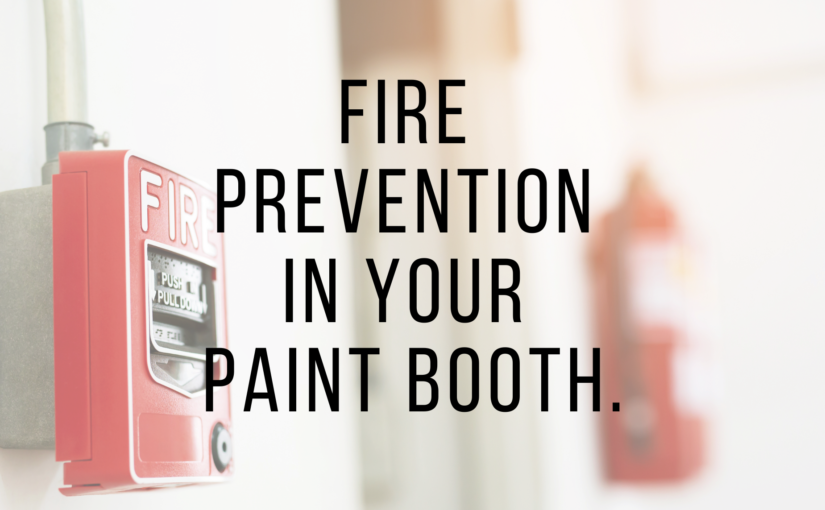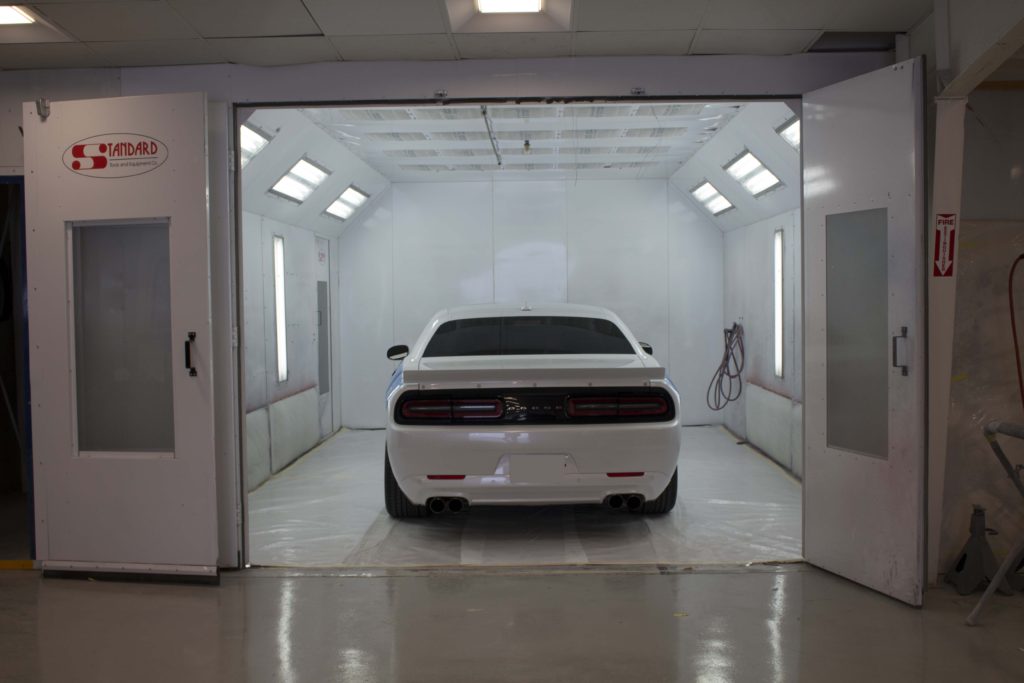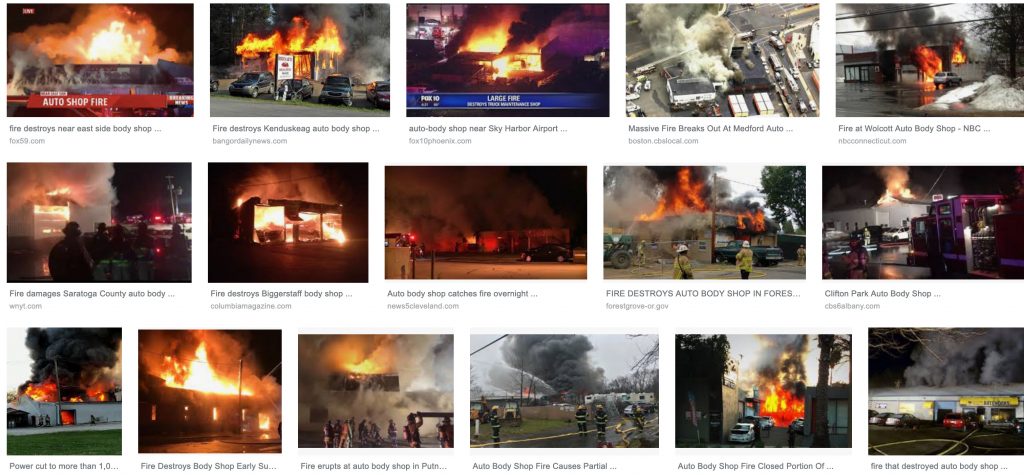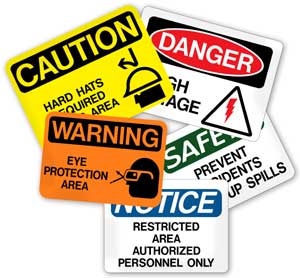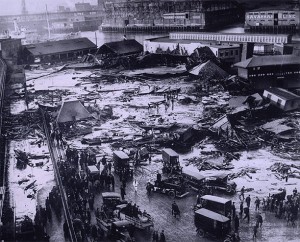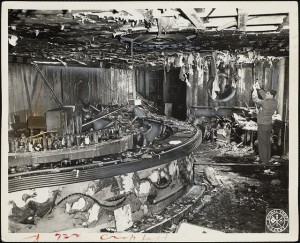October 9th – 15th is National Fire Prevention Week
Practicing fire prevention within your paint booth could make the difference between life and death. To protect your business and the lives of those who work within the booth, it’s important to work safely all year long. Read our previous post on how we raise the standard of safety.
THE NATIONAL FIRE PREVENTION ASSOCIATION
If you own a paint booth, you should be familiar with the National Fire Prevention Association (NFPA). The NFPA was established in 1896 and is devoted to eliminating death, injury, property, and economic loss due to fire, electrical and related hazards. They have an extensive list of codes and standards, but NFPA 33 is the code specific to paint booths and applications using flammable or combustible materials. It includes processes designed to reduce the risk of fire due to flammable paints and coatings. It’s an important safety document but is a small part of a much bigger safety picture. Other considerations, such as local requirements, International Fire Code (IFC), or OSHA requirements, must also be met before the paint spray booth can be safely used. Failure to comply with regulations on a state and local level can get a business fined or penalized.
TOP TIPS FOR PAINT BOOTH FIRE PREVENTION:
- Assess fire risks often and develop a safety plan to include training, crisis response, and inspection schedules.
- Replace clogged filters and clean out overspray buildup in the booth and in the fan. Flammable material overspray is a dangerous source of fuel for fire ignition and proper booth ventilation reduces the buildup of flammable material. Make sure you have an adequate amount of CFM to avoid saturating the air with too much flammable material.
- Install fire extinguishers, automatic sprinklers, and other fire suppression equipment as directed by the city or county fire chief.
- Identify all ignition sources and move them away from the booth. (Common sources of ignition are light fixtures, switches, and certain types of fans.)
- Store and mix paints away from spark-producing devices, ideally in a paint mixing booth.
- Designate a smoking area away from the building. Cigarettes, matches, and lighters are a common risk in many workplaces, particularly those that don’t designate smoking areas for employees. Companies should provide facilities for smokers, including enclosed ashtrays that are separate from areas with flammable or combustible substances.
- Updated material safety data sheets for all dangerous substances used in production.
FIRE SUPPRESSION FOR YOUR BOOTH.
The best way to protect your business from a fire is to install a paint booth fire suppression system, a necessity that is required in many areas across the country. These systems limit the damage and loss to equipment in the case of a fire by monitoring your booth 24-hours a day. A fire may destroy the paint booth but will protect the fire from spreading to the entire building. For more information on fire suppression systems, check out our FAQs on Fire Suppression.
SOME OTHER WORKPLACE SAFETY TIPS TO CONSIDER:
- Clear and accessible escape routes, practiced regularly with fire drills.
- Fire extinguishers that have been inspected monthly and serviced yearly. Ensure they are the proper size and located throughout your facility.
- Fully working fire alarms that have been tested regularly.
- Fire precautions within a safety plan that has been given to all employees.
- Train your staff on fire safety, including fire extinguisher training.
- Designate a smoking area with enclosed ashtrays


